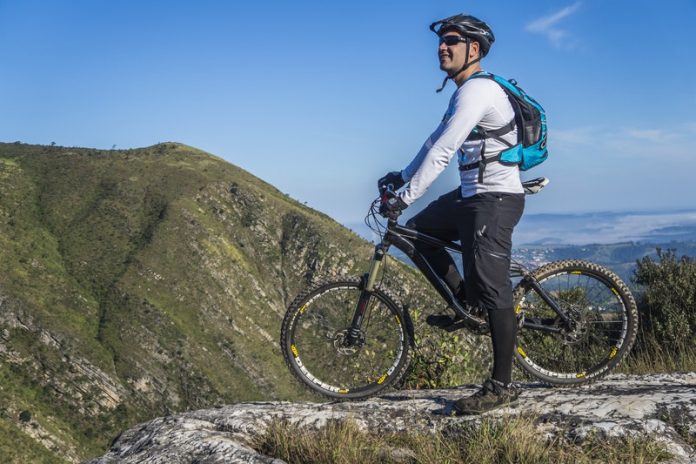
In a recent study at Humboldt State University, researchers found an unexpected benefit of bicycling as an exercise in older adults.
The study is published in the Journal of Aging and Physical Activity. One author is HSU Kinesiology Professor Justus Ortega.
In the study, the team examined adults over the age of 65—some of whom walk for exercise and some who bicycle for exercise.
Participants were asked to walk on a treadmill at four speeds (1.7, 2.8, 3.6, and 3.9 miles per hour) as researchers measured their oxygen consumption and carbon dioxide production.
The researchers found that those who ride a bicycle for at least 30 minutes, three times a week were less likely to experience an age-related physical decline in walking efficiency than those who simply walked for the same period of time.
The study also found that the older cyclists were 9-17% more efficient at walking than those who didn’t ride a bicycle.
The team says older adults who regularly participate in high aerobic activities—bicycling in particular—have a lower metabolic cost of walking than older adults who walk for exercise.
In fact, their metabolic cost of walking is similar to young adults in their 20s.
Metabolic cost is the amount of energy needed to move and it naturally increases as we age.
High metabolic cost contributes to making walking more difficult and tiring. A decline in walking ability is a key predictor of morbidity in older adults.
Researchers aren’t yet sure what makes cyclists more efficient than walkers but they believe it may have something to do with the mitochondria found in cells.
Evidence suggests that people who exercise vigorously have healthier mitochondria in their muscles. The bottom line is that cycling keeps people younger, at least in terms of efficiency.
Future studies are planned to examine whether other highly aerobic activities—such as swimming—may also mitigate the age-related physical decline.
Copyright © 2020 Knowridge Science Report. All rights reserved.



